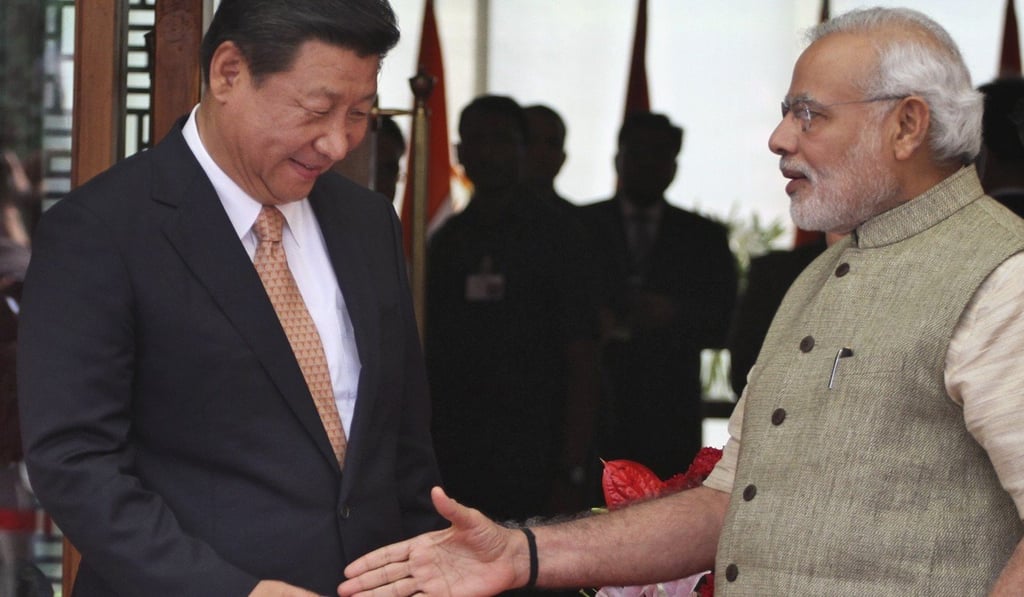What happened to India’s disappearing Chinese migrants?
- New but long overdue census data shows thousands fewer Chinese migrants now call the South Asian country home
- Difficulty in obtaining long-term visas and a trend in Tibetan refugees leaving for the West cited as contributing factors

One of the biggest surprises was that the survey showed a massive drop in the number of Chinese immigrants in the country.
Between 2001 and 2011, the overall number of Chinese immigrants fell from 23,712 to 14,951, with the trend even more noticeable in certain segments of the population. The number of Chinese who had been living in India for more than 20 years, for example, had more than halved, dropping from 11,588 in 2001 to 5,164 in 2011.

Expatriate businessmen and Tibetan refugees make up a significant portion of the migrant Chinese population in India. While Kolkata and Mumbai are both home to populations of ethnic Chinese families, many of these settled generations ago so were not counted as Chinese migrants for the purposes of the census.